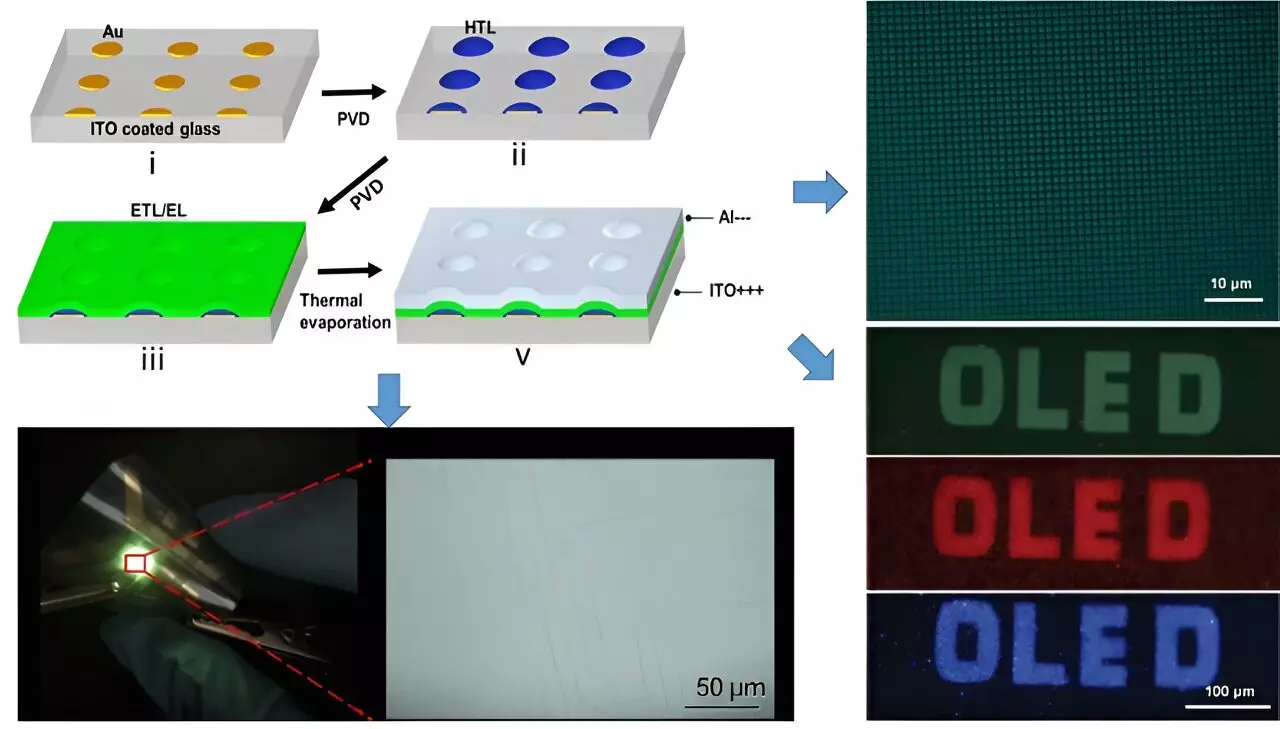Organic semiconductors have been gaining traction in the field of technology, with applications ranging from OLED displays to biosensors. However, the limitation of resolutions in these devices has been a challenge, especially with the rapid development of wearable electronics. The traditional photolithography technology used for inorganic semiconductors like silicon has enabled the integration of millions of transistors in a small area, but it is not suitable for organic materials due to their susceptibility to UV light and solvents.
A group of scientists from Germany and China have developed a new technique that allows for the fabrication of ultra-high-resolution organic semiconductor devices. By introducing the strategy of “first surface patterning and then patterned growth,” the researchers were able to overcome the limitations of traditional photolithography. This approach involves patterning the substrate surface first before introducing the organic materials, allowing for selective growth at designated areas. This method has enabled the fabrication of OLEDs with resolutions exceeding 20K ppi, meeting the demands of next-generation displays.
The innovative approach not only avoids damage to organic semiconductors caused by lithographic procedures but also offers significant advantages in surface engineering and device resolution. This breakthrough opens up possibilities for the seamless integration of multifunctional systems in wearable electronics, including information collection, transmission, processing, storage, and display. With this advancement, the future of wearable electronics looks promising, with the potential for monolithic integration of high-resolution devices.
As technology continues to evolve, the demand for higher device resolutions in wearable electronics will only increase. The development of ultra-high-resolution organic semiconductor devices will play a crucial role in meeting these demands and enabling immersive experiences in near-eye displays like virtual and augmented reality devices. With continuous innovation and collaboration between researchers from around the world, the possibilities for wearable electronics are endless, and the future looks brighter than ever before.


Leave a Reply